The Church
The pretty church of St Mary Magdalene has a suburban setting in a large graveyard bounded on three sides by houses and on the fourth side by a main road. It is a modestly-sized building with a short chancel, nave, north aisle with porch, south vestry and northwest tower.
The earliest parts of the building are the chancel and the eastern section of the nave, which probably date from the later thirteenth century (although there are some indications of that there was an earlier building on the site). The north aisle probably dates from the late fourteenth or fifteenth century.
The church was listed grade II* in 1967, and is of high archaeological, architectural and historical significance for the surviving medieval fabric, especially the chancel, the east part of the nave and the north aisle, and also for its association with Archdeacon Plume, whose tomb is attached to the south external wall of the nave. The Victorian parts of the building, including the west end of the nave, the northwest tower and the roofs, are of moderate significance. Overall therefore the church is of moderate-high architectural, archaeological and historical significance.
The furnishings are of moderate significance, with the exception of some seventeenth-century ledger slabs at the east end of nave and aisle and the chancel fittings apparently made from a medieval carved timber screen, which are of moderate-high significance.
Our Work
The Bats
Brown long-eared bats were identified as using the church, from droppings found. They access through the eaves of the tower spire, which is also where the roost is located. Very few bats use the main body of the church. The project supported a messy church bat event in 2019, and attended the village fete.
Longfield case study
Upcoming events
If you’d like to contact or find out more about the church, visit their page on A Church Near You
